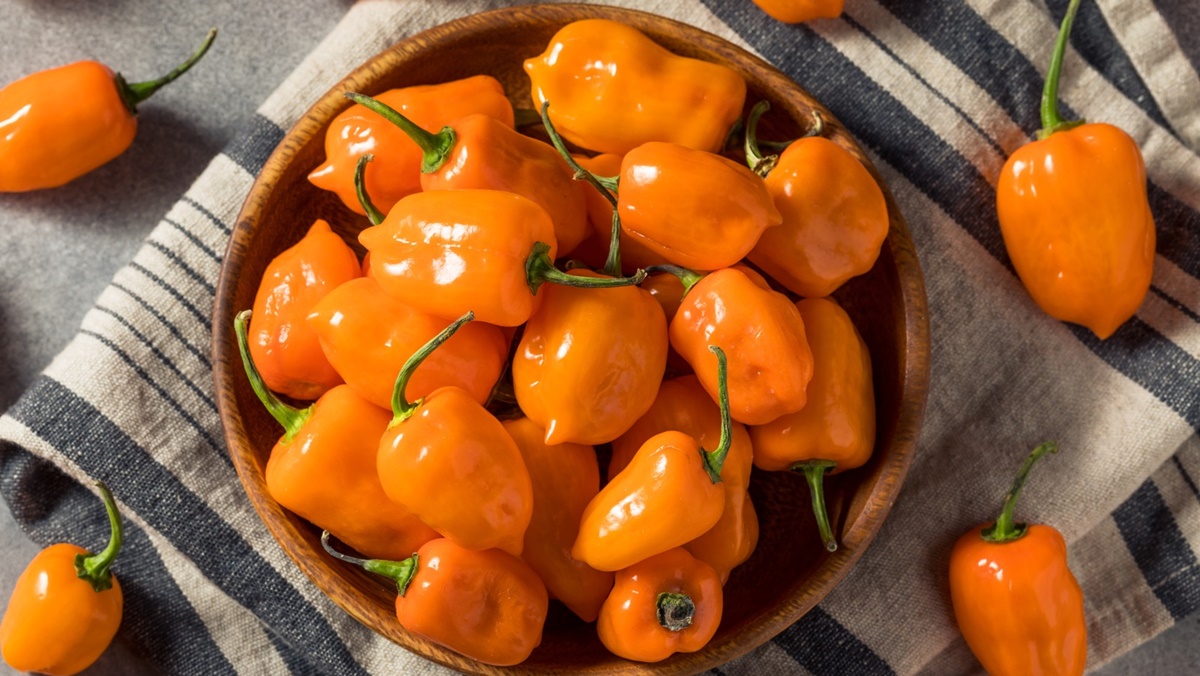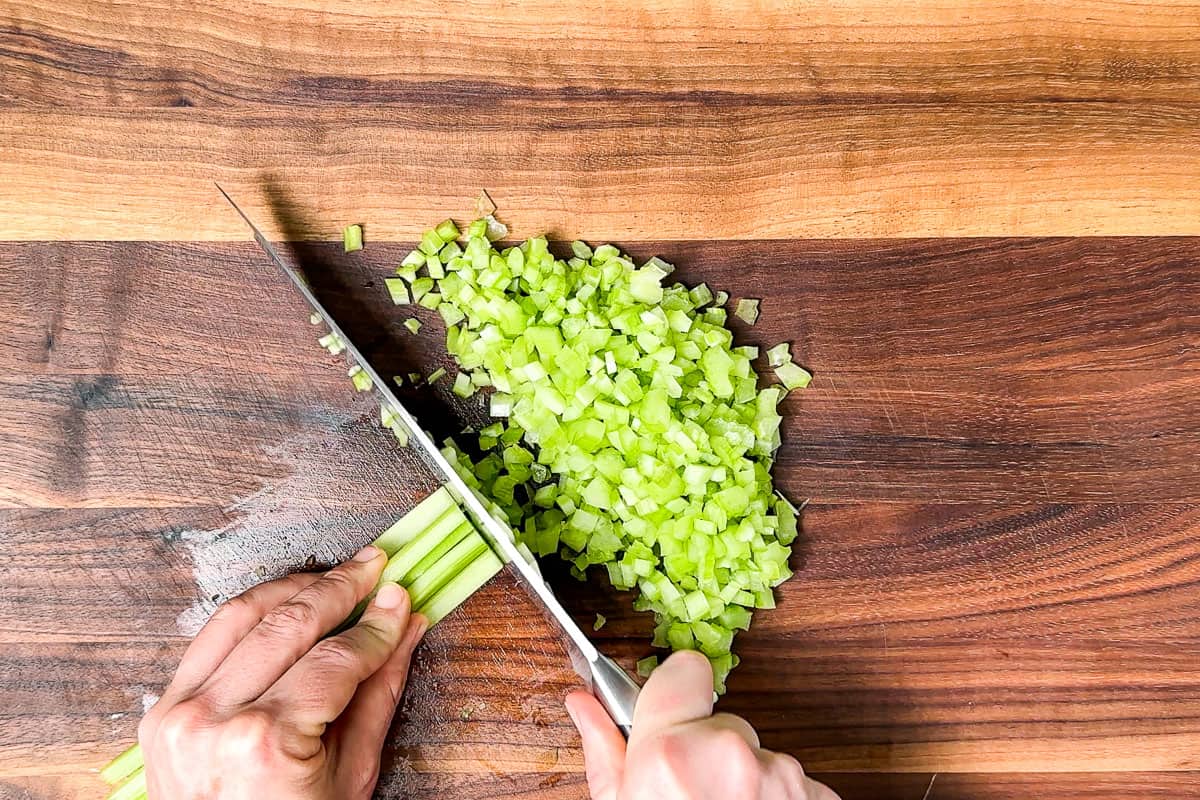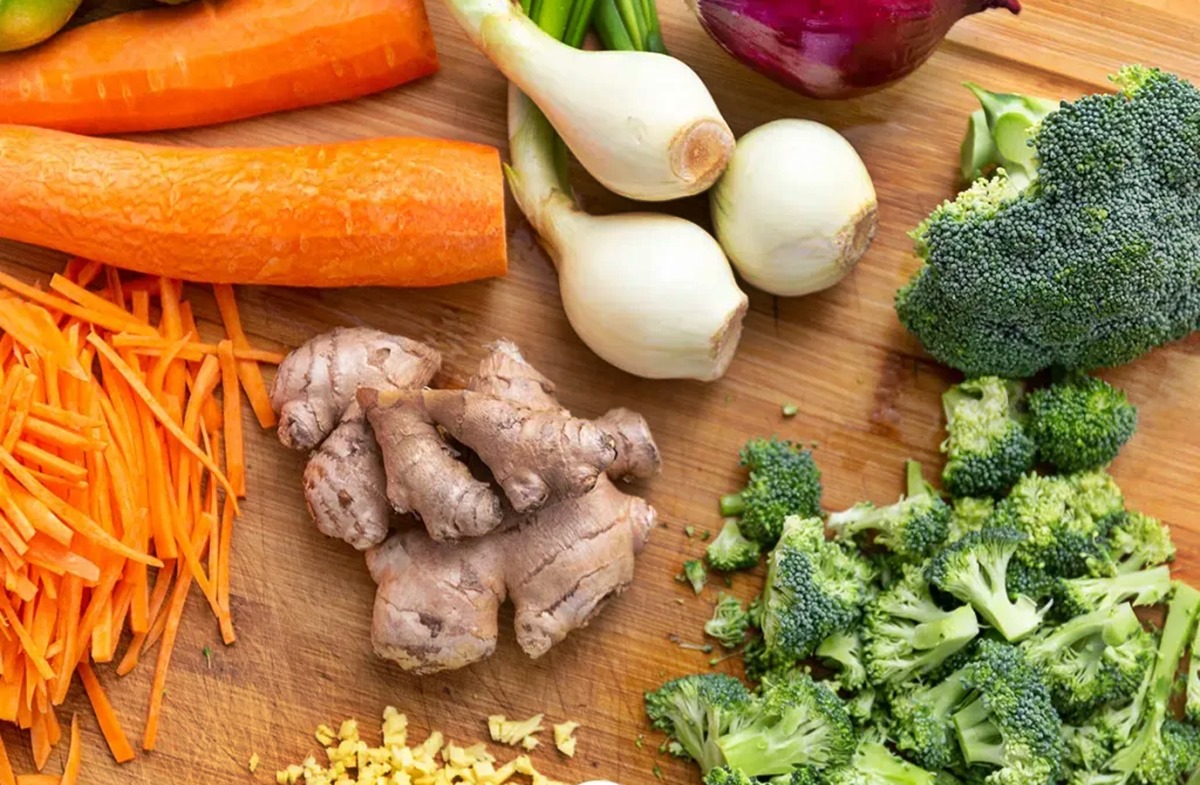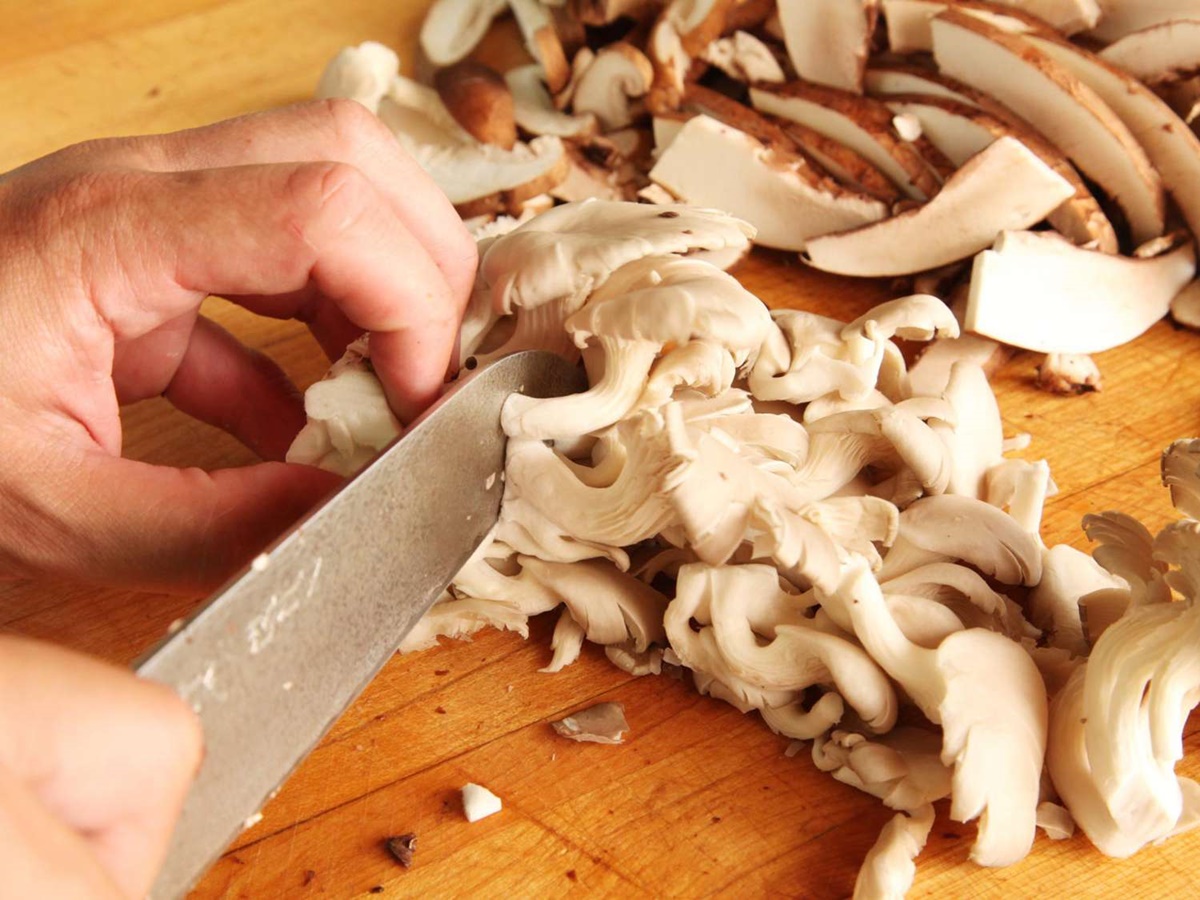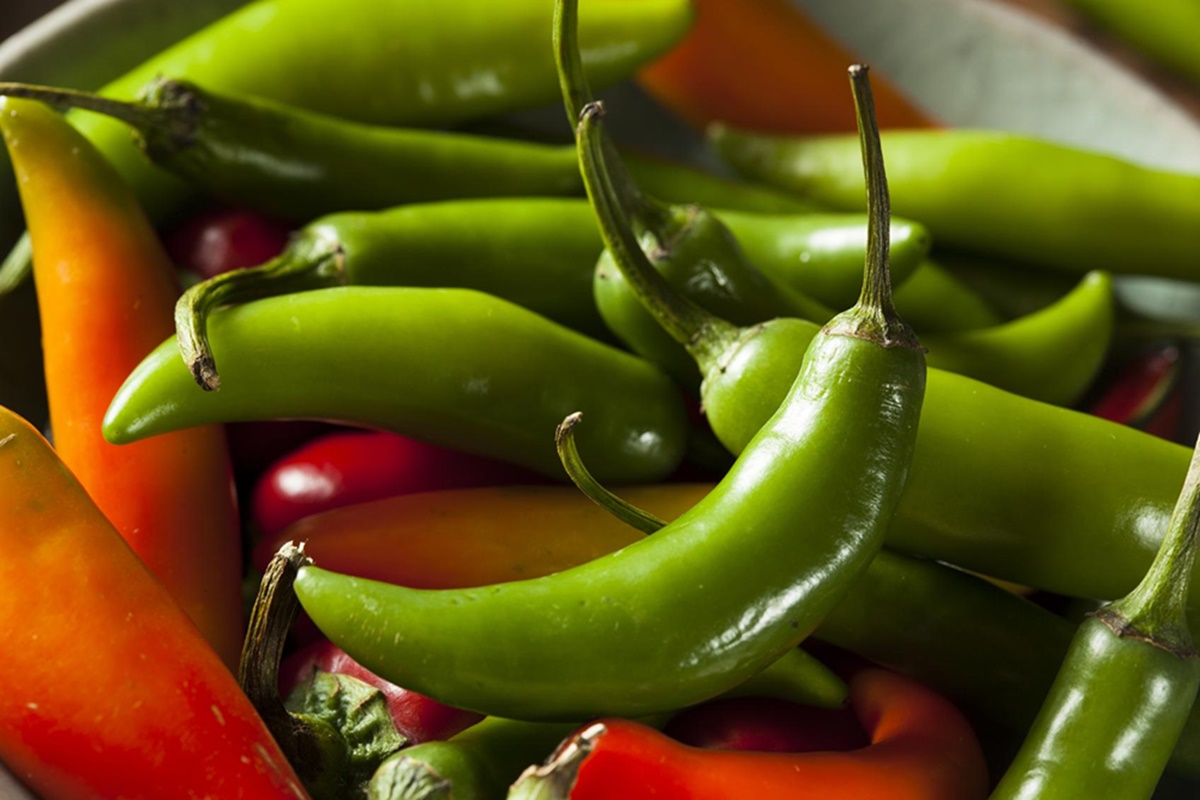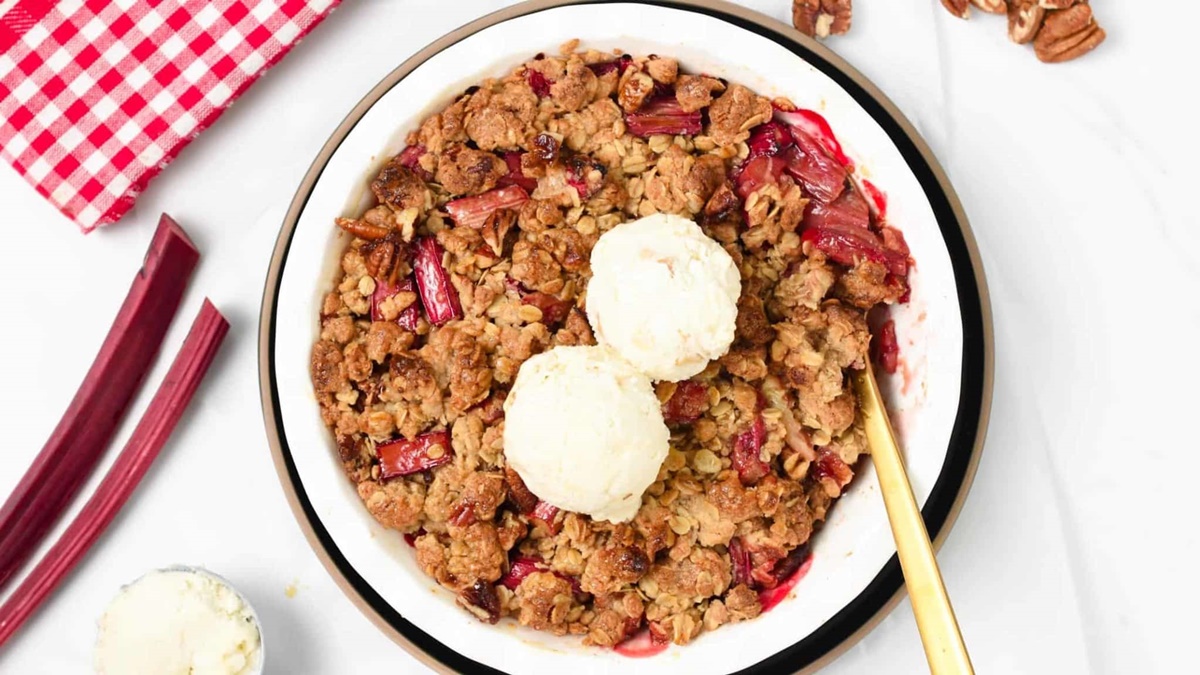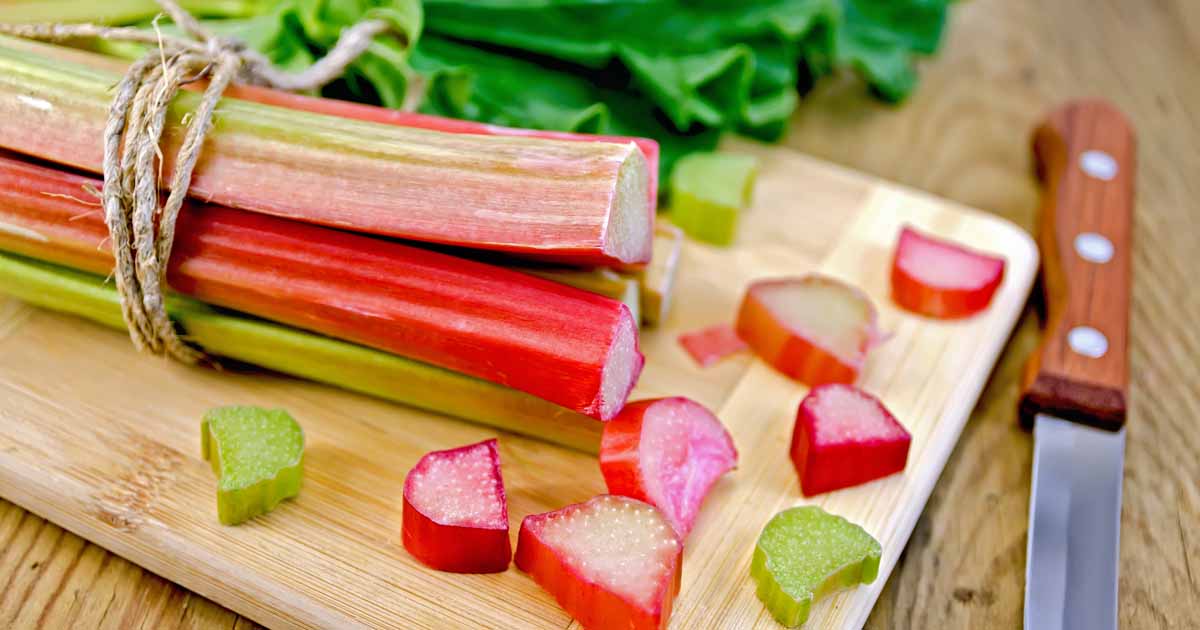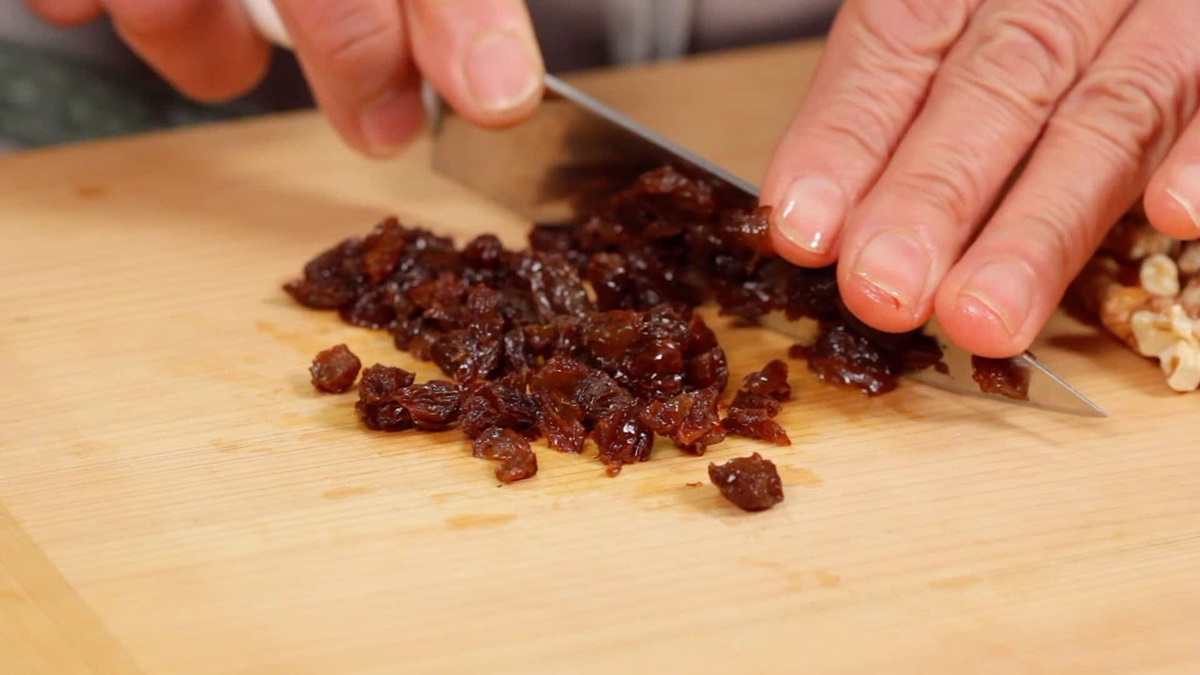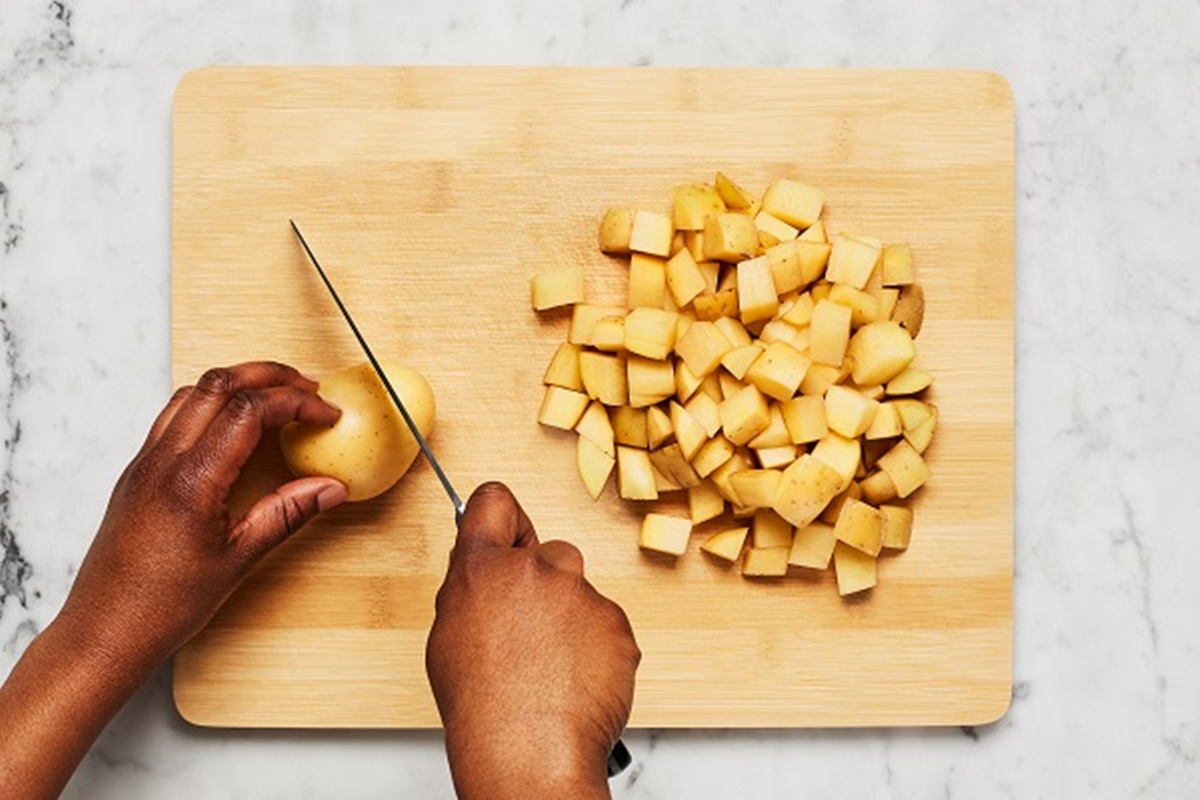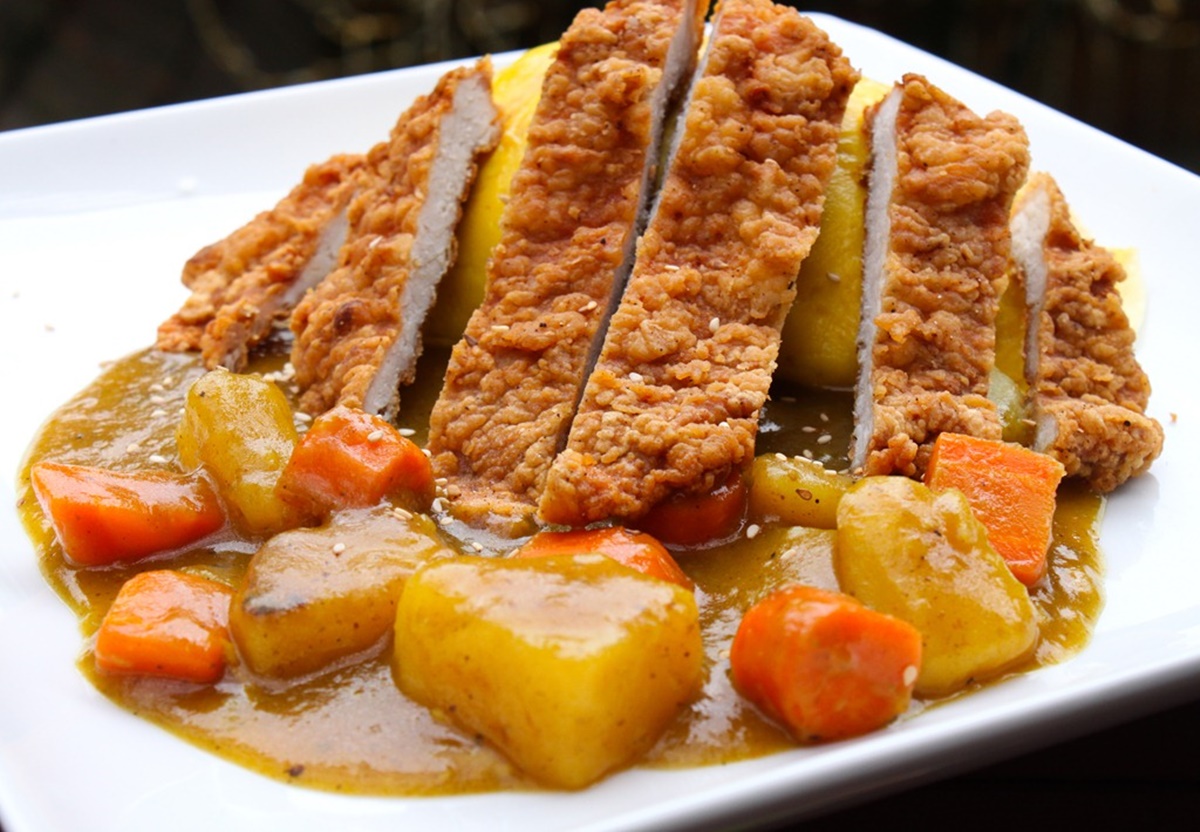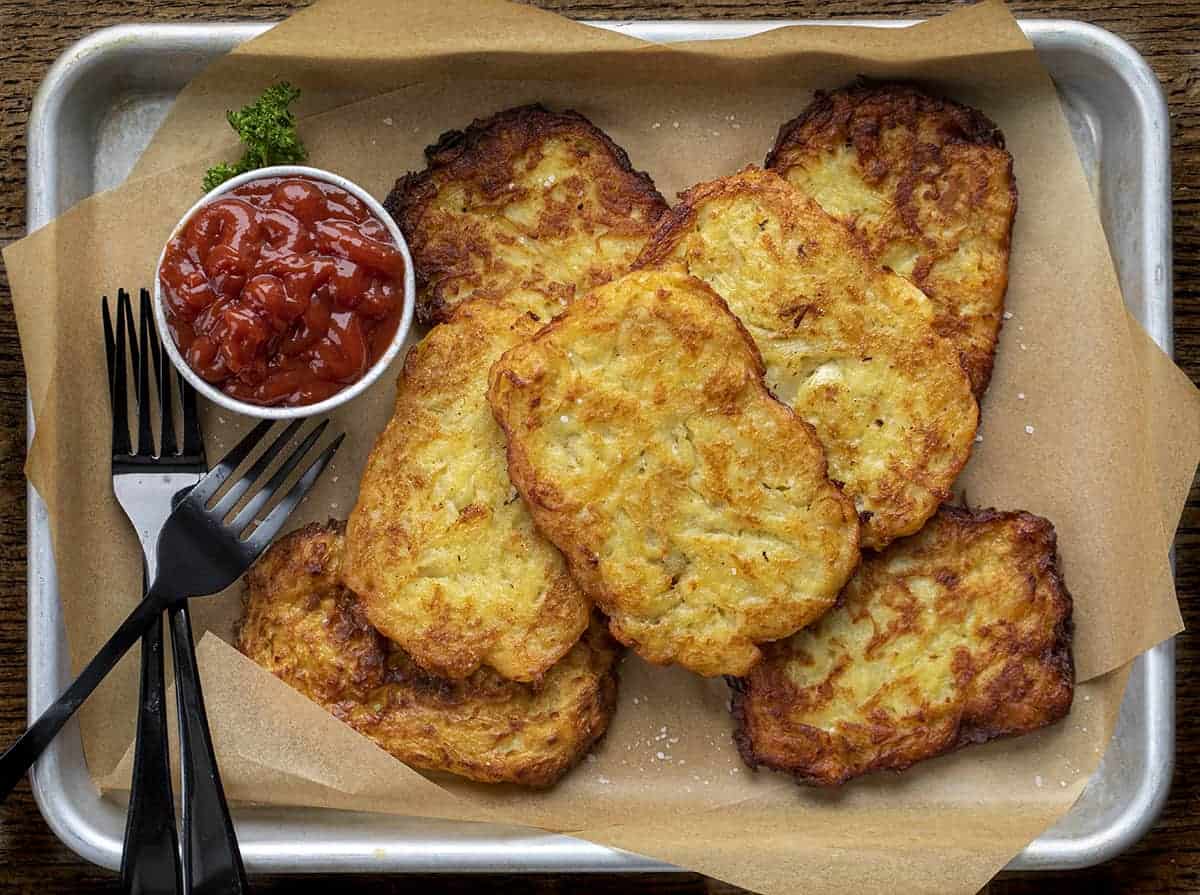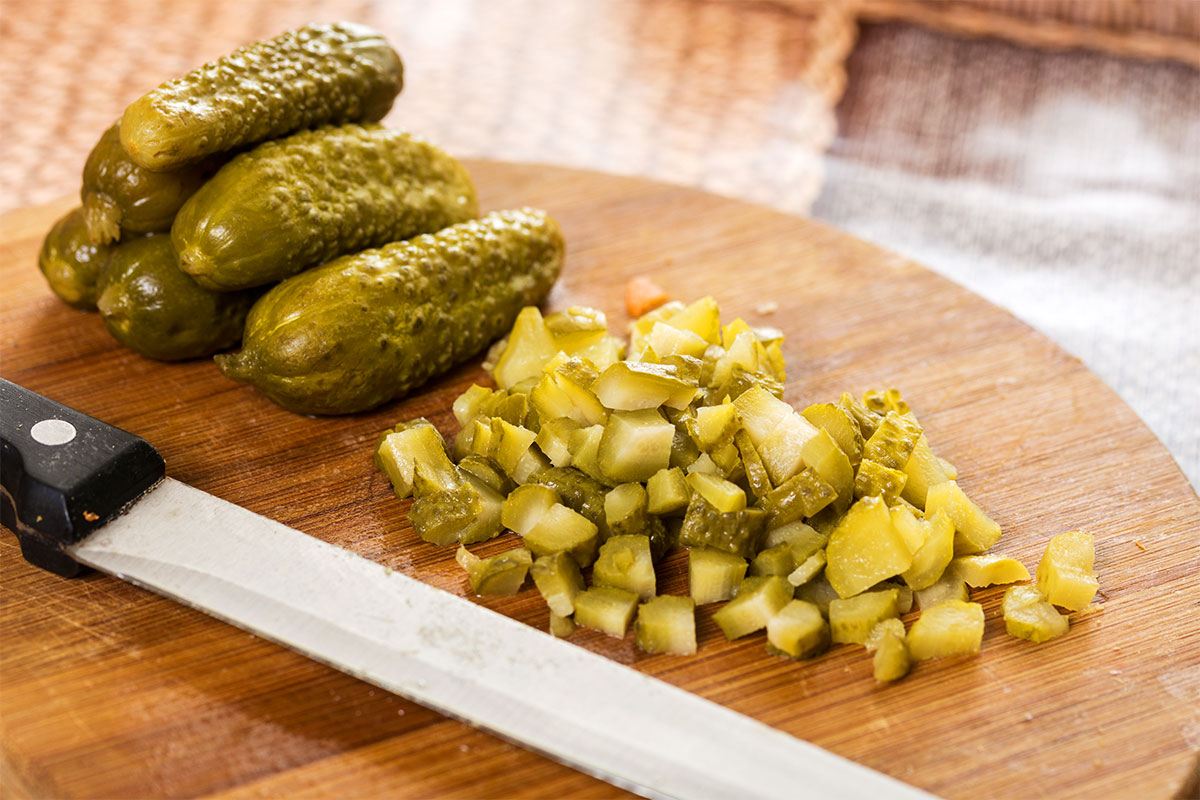How to Chop, Slice, Dice, and Mince like a Pro
Are you tired of struggling in the kitchen when it comes to chopping, slicing, dicing, and mincing? Well, we’ve got you covered! In this blog post, we’ll walk you through the step-by-step process of mastering these essential culinary techniques. With our expert tips and tricks, you’ll be slicing and dicing like a pro in no time.
The Importance of Knife Selection
Before we dive into the techniques, let’s talk about the most important tool you’ll need – the knife. A sharp and sturdy chef’s knife is the key to efficient and precise chopping, slicing, dicing, and mincing. Invest in a high-quality knife that feels comfortable in your hand and make sure to keep it sharp at all times.
Chopping: Getting the Basics Right
Chopping is a versatile technique that requires control and precision. Here’s a step-by-step guide to mastering the art of chopping:
- Prepare Your Ingredients: Gather all the ingredients you need and ensure they are washed and trimmed.
- Secure your Cutting Surface: Place a damp kitchen towel or a non-slip mat underneath your cutting board to prevent it from moving.
- Hold the Knife Properly: Grip the knife firmly, with your thumb and index finger gripping the handle and the rest of your fingers wrapped around the handle for stability.
- Practice Controlled Movements: Use a rocking motion to guide the knife as you chop, keeping the tip of the knife on the cutting surface and using a smooth and consistent motion.
- Keep Your Fingers Safe: To protect your fingers, use the “claw” grip by curling your fingertips inward and resting them against the knuckles of your guiding hand.
Slicing: The Art of Thin Cuts
Slicing is all about creating thin, even cuts. Follow these steps to become a slicing pro:
- Choose the Right Technique: Depending on the ingredient, you can use a horizontal or vertical slicing technique. Horizontal slicing is ideal for round ingredients like onions, while vertical slicing works best for long and cylindrical ingredients like carrots.
- Create a Stable Surface: If the ingredient tends to roll, create a flat surface by cutting a thin slice off one side to provide stability.
- Control Your Speed: Slow and steady wins the race when it comes to slicing. Control the speed of your knife to achieve consistent and precise slices.
Dicing: For Uniform Cubes
Dicing involves cutting ingredients into evenly-sized cubes. With these tips, you’ll become a dicing master:
- Start with a Stable Base: Cut a thin slice off one side of the ingredient to create a flat, stable surface.
- Make Vertical and Horizontal Cuts: Start by making vertical cuts, then rotate the ingredient and make horizontal cuts. The size of the cubes will depend on the thickness of your cuts.
- Practice Consistency: To achieve uniform dices, ensure that your cuts are of equal thickness throughout.
Mincing: Finely Chopping with Precision
Mincing involves finely chopping ingredients into tiny pieces. Master this technique with ease:
- Choose the Right Tool: A chef’s knife or a mezzaluna (a crescent-shaped knife) works best for mincing.
- Rock and Roll: Hold the tip of the knife against the cutting board and use a rocking motion to chop the ingredient into small, uniform pieces.
- Maintain Control: Keep your guiding hand steady and focus on consistent, precise movements.
By mastering these essential chopping, slicing, dicing, and mincing techniques, you’ll not only save time in the kitchen, but you’ll also elevate your cooking skills to a whole new level. So grab your knives, practice these steps, and soon you’ll be chopping, slicing, dicing, and mincing like a true culinary pro!
For those looking to put their chopping, slicing, dicing, and mincing skills to the test, there are several recipes in this guide that stand out. The Classic Chicken Stir-Fry is perfect for practicing slicing vegetables and chicken into uniform strips. If dicing is your focus, the Beef Tacos with Fresh Salsa will challenge you to create small, even cubes of tomatoes, onions, and peppers for the salsa. For a more intricate task, Pico de Gallo offers a chance to finely mince ingredients, ensuring a well-blended mix. Lastly, the Garlic Butter Shrimp Pasta will have you mincing garlic to release its full flavor. These recipes not only teach essential knife skills but also result in delicious meals that are sure to impress.
